Story of Coffee planting in Brenka region of Costa Rica Stonehenge Manor anaerobic heavy honey treatment of flavor mouth
The blueberry of Stonehenge Manor in Costa Rica has always been one of my favorite beans, but unfortunately, this bean is out of stock. Blueberry fudge with the fresh and special flavor of mint in the end of the fermented wine is what I think is a must for summer coffee beans. After all, which part of Stonehenge is in Costa Rica? Why does he have such a clear flavor? Today, let's take a look at Qianjie. Brenka is a region in southern Costa Rica that consists of the states of Cotorbru, Buenos Aires and Peres Zeledong. In this region, coffee cultivation began in Perez Zeledong in the late 19th century, as the first settlers came from the coffee-growing areas of the Central Valley, bringing about a deep-rooted Costa Rican coffee culture. P é rez Zeled ó n coffee grows in a variety of microclimates with an average temperature of 22 °C at an altitude of 800 to 1700 meters. These conditions allow for the availability of coffee with a variety of characteristics that can satisfy the harshest tastes. The acreage is estimated at 12000 hectares and is distributed on 4200 farms, which facilitates the allocation of generated resources to a large population.
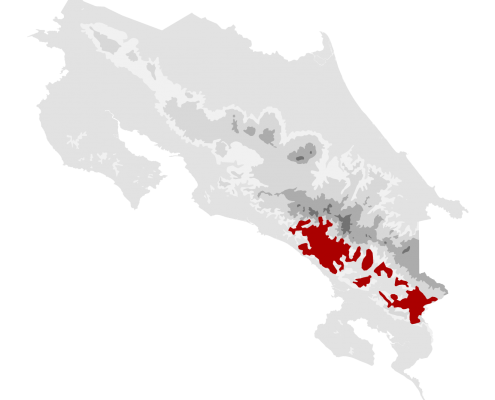
The Cotoblues Valley is located on the slopes of the Taramanca Mountains, which divides Costa Rica into two slopes: the Pacific and the Atlantic. Coto Brus's economy is almost dependent on coffee cultivation; there are records of 2600 coffee producers whose harvests involve 75 communities. On average, the Koto Bruce area is higher and wetter. The temperature range is between 18 °C and 26 °C. This coffee, which has been treated with anaerobic heavy honey, is produced at the Stonehenge Manor 1700-1800 meters from the Chiribo disaster in Costa Rica.
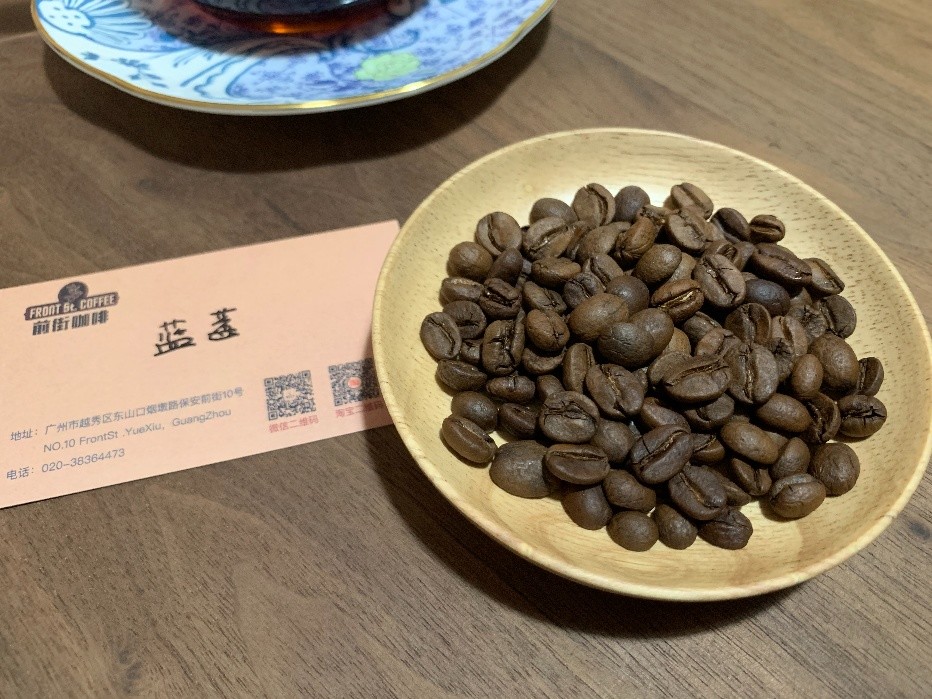
Finca Piedra Alta is a 4-hectare farm owned and operated by the Araya Acu ñ a family, located near the village of La Piedra de Rivas in the Chiribo mini area. This Red Catuai microlot grows at an altitude of 1850masl. The Araya Acu ñ a family has been committed to agriculture for generations. From vegetables and blackberries to raising cattle. However, their steep land, and the low productivity of some of their crops, forced the family to turn Pedra Alta into a coffee farm to demonstrate the excellent altitude and growing conditions of coffee. The success of this transformation comes from the experience and enthusiasm of parents Mario and Rosita, as well as the matching enthusiasm of their son and daughter and the combination of young entrepreneurship. The coffee is processed in the Caf é Rivense del Chirrip ó micro-mill, a family micro-factory founded by R é gulo Ure ñ an and Isabel Rojas in 2005. As they grew up, the family had to grapple with many challenges: low international prices, lack of information on coffee processing and financing for coffee projects. In order to set up the project in an area not known for fine coffee, their neighbors predicted that they would fail. However, through perseverance, confidence in the project and a great deal of hard work, the Ure ñ a Rojas family continues to embark on a long road to becoming a recognized boutique coffee producer.
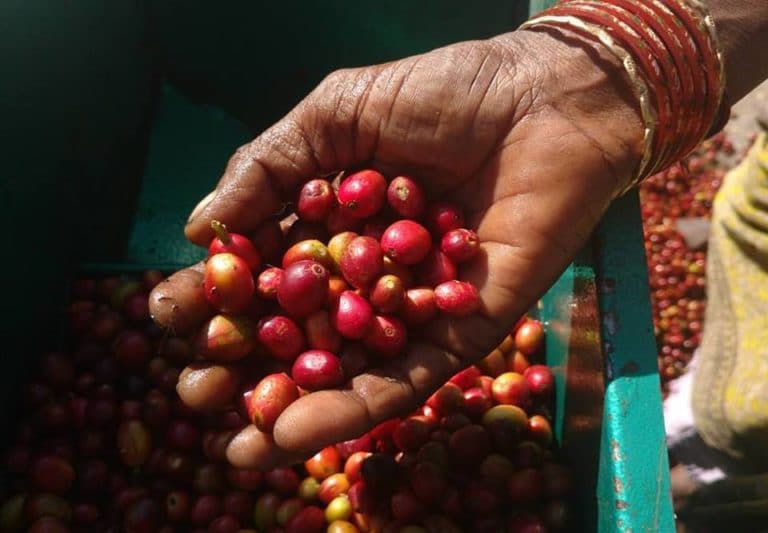
It can be said that their dedication and hard work were rewarded. In 2019, one of their miniature batches ranked fifth in the Excellence Cup; the Brenka region was the first person to enter the top 10 of the COE. Chilibo mini area is famous in the field of boutique coffee, with fertile soil and fresh environment. It is located between two very high mountains: Cerro de la Muerte (3491m) and Cerro Chirrip ó (3820m, the highest mountain in Costa Rica). The valleys between these mountains create a unique microclimate and are very suitable for coffee cultivation. In recent years the potential of boutique coffee in Chirrip ó micro-regions has developed significantly. This has helped to increase the amount of land used to grow coffee and is expected to continue to increase in the coming years.
Important Notice :
前街咖啡 FrontStreet Coffee has moved to new addredd:
FrontStreet Coffee Address: 315,Donghua East Road,GuangZhou
Tel:020 38364473
- Prev
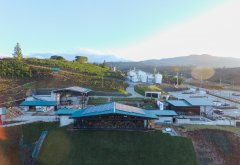
Starbucks acquired Story of Althacia Manor in Costa Rica Coffee Bean planting and processing
The Chacn Solano family has grown coffee in Las Lajas for more than 80 years and has lasted for three generations. This generation, led by Oscar and Francisca Chacn, began organic farming about 30 years ago and became one of the few farms in Costa Rica to receive official organic certification in 2000. This family not only strives to be negative to the environment and society.
- Next
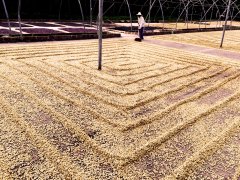
The processing method of El Salvador coffee beans the black honey of Lemus Manor in El Salvador treats the coffee style.
As we all know, there are many ways to handle coffee, and the flavor brought by each treatment is different. today we mainly take a look at the coffee beans that El Salvador offers three treatments. In El Salvador (and most of Central America), wet mills use mechanical pulpers such as Jotagallo or Ecopulper. These machines first remove the skin and flesh.
Related
- Detailed explanation of Jadeite planting Land in Panamanian Jadeite Manor introduction to the grading system of Jadeite competitive bidding, Red bid, Green bid and Rose Summer
- Story of Coffee planting in Brenka region of Costa Rica Stonehenge Manor anaerobic heavy honey treatment of flavor mouth
- What's on the barrel of Blue Mountain Coffee beans?
- Can American coffee also pull flowers? How to use hot American style to pull out a good-looking pattern?
- Can you make a cold extract with coffee beans? What is the right proportion for cold-extracted coffee formula?
- Indonesian PWN Gold Mandrine Coffee Origin Features Flavor How to Chong? Mandolin coffee is American.
- A brief introduction to the flavor characteristics of Brazilian yellow bourbon coffee beans
- What is the effect of different water quality on the flavor of cold-extracted coffee? What kind of water is best for brewing coffee?
- Why do you think of Rose Summer whenever you mention Panamanian coffee?
- Introduction to the characteristics of authentic blue mountain coffee bean producing areas? What is the CIB Coffee Authority in Jamaica?

